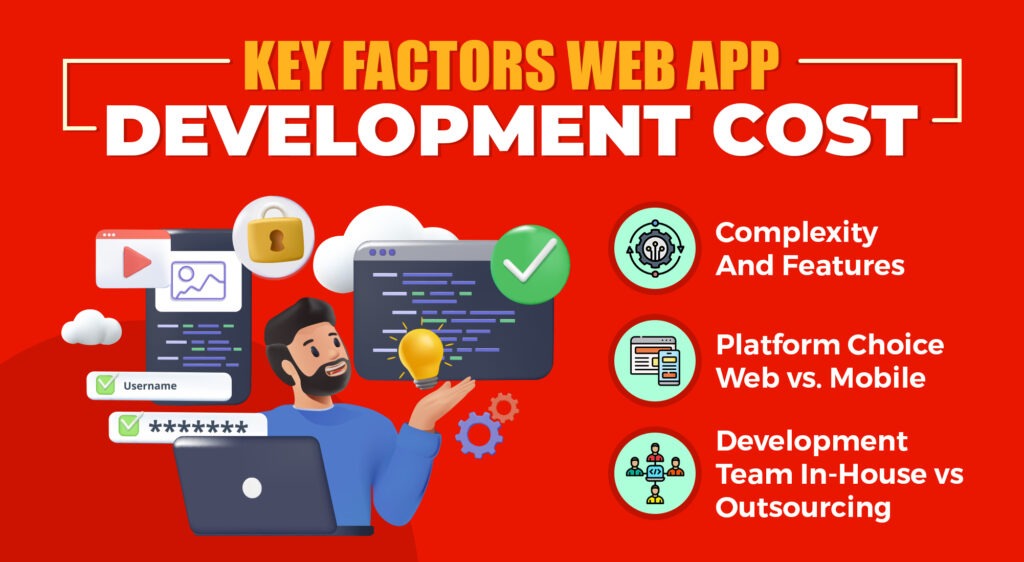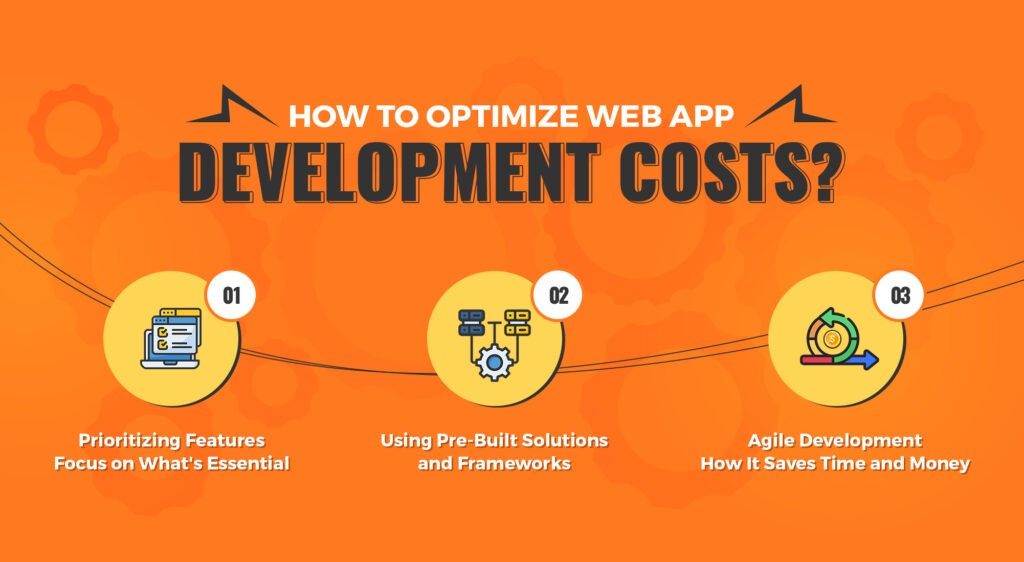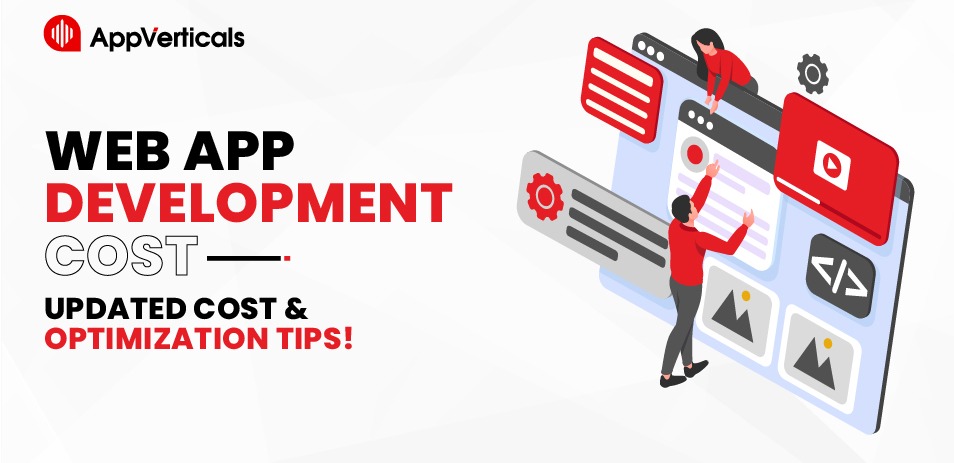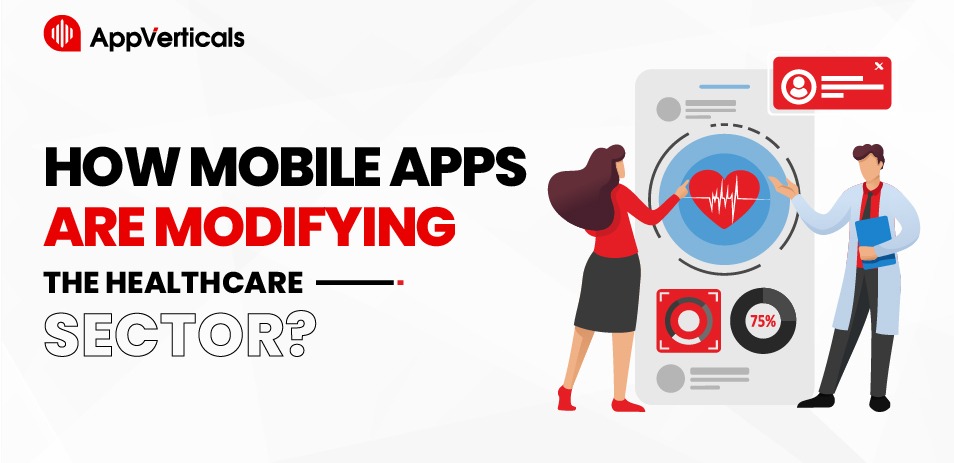Got a web app dream shimmering in your brain? Before the coding frenzy hits, the big question pops up: how much does it cost to build web app?
Don’t worry! This guide is your roadmap. From simple features to dazzling functionality, we’ll break down the factors that impact your web app development cost and point you toward the best web app development company on the right side of the price spectrum that can translate your vision into reality. So, buckle up and get ready to chart your app’s path to success!
How Much Does it Cost to Build Web App?
Basic Web App: Estimated Costs
A basic web app typically includes essential features like a simple user interface, basic functionality, and limited integrations. You can expect a cost range of $5,000 to $20,000 for a basic web app. However, this can vary depending on factors such as the complexity of the design, the development team’s location, and the specific features required.
Example: A basic to-do list app with features like adding, editing, and deleting tasks might fall into this category.
Mid-Level Web App: What to Expect
Mid-level web apps offer more features and functionalities than basic apps. They may include features like user accounts, search functionality, and limited customization options. The cost for a mid-level web app can range from $20,000 to $50,000.
Example: A social media platform with basic features like user profiles, friend requests, and news feeds would be considered a mid-level app.
Enterprise-Level Web App: Budgeting for High-End Development
Enterprise-level web apps are complex applications that require significant investment. They often include advanced features, integrations with multiple systems, and high levels of security and scalability. The cost for an enterprise-level web app can range from $100,000 to $500,000 or more.
Example: A large-scale e-commerce platform with features like product recommendations, inventory management, and payment processing would be considered an enterprise-level app.
Here’s a table summarizing the cost estimates for different types of web apps:
| Web App Type | Features | Estimated Cost Range | Example |
|---|---|---|---|
| Basic Web App | Simple UI, basic functionality, limited integrations | $5,000 – $20,000 | A basic to-do list app with features like adding, editing, and deleting tasks |
| Mid-Level Web App | User accounts, search functionality, limited customization | $20,000 – $50,000 | A social media platform with user profiles, friend requests, and news feeds |
| Enterprise-Level Web App | Advanced features, multiple system integrations, high security, and scalability | $100,000 – $500,000+ | A large-scale e-commerce platform with product recommendations, inventory management, and payment processing |
Key Factors Affecting Web App Development Costs
The global web application development market is projected to reach $167 billion in 2023 and $234.70 billion by 2028, with a CAGR of 7.04%. The bigger and more complex it is, the more development time, resources, and, ultimately, dollars it’ll need.

Complexity and Features: The Building Blocks of Web App Development Costs
The complexity and number of features in your web app directly impact the development cost. Basic web apps, like a simple to-do list app, often require less development time and resources compared to complex apps with advanced features.
Simple Apps:
Basic web apps, while less feature-rich, can still provide value. They typically include essential elements like a user-friendly interface, data storage, and basic interactions. For instance, a small business website with a contact form and a blog can be a great starting point.
Complex Apps:
Complex web apps offer more advanced features and functionalities, such as social media integration, real-time updates, and personalized experiences. While these features can enhance user engagement, they also require more development time and effort.
Example: Task Management Apps
Consider the difference between a basic task manager and a sophisticated project management tool. A basic task manager might allow users to create, edit, and delete tasks. Its development could be relatively quick and cost-effective.
In contrast, a project management tool might include features like task assignments, time tracking, team collaboration, and reporting dashboards. These additional features require more complex programming and design, leading to a higher development cost and longer timeline.
Platform Choice: Web vs. Mobile
Choosing between web and mobile platforms can significantly affect your development costs. Web apps are generally more cost-effective, as they are accessible across various devices through browsers. This means you develop a single version that works on multiple platforms, saving both time and money.
In contrast, mobile apps often require separate versions for iOS and Android, leading to higher costs. Each platform has its own set of guidelines and development environments, which can double the effort if you want your app available on both. Additionally, the approval process for app stores can add extra time and resources.
However, mobile apps provide a more personalized user experience and better performance, especially for tasks requiring offline access or integration with device hardware. For example, a fitness app that tracks steps and monitors heart rate may perform better as a mobile app, despite the higher development costs.
On the other hand, a content-driven business, like an online magazine, might find a web app more suitable. It’s cheaper to develop, easier to update, and accessible to anyone with a browser, making it a practical choice for wide reach.
In deciding between web and mobile, consider your audience and the specific needs of your app. Web apps offer a broader reach at a lower cost, while mobile apps provide a richer user experience but at a higher price.
Crafting Your Ideal Web App Experience Starts Here!
Ready to elevate your business? Your custom web app is just a click away.
Yes Let’s goWeb App Development Team: In-House vs. Outsourcing
Cost Differences
Hiring an in-house team involves significant costs. You need to cover salaries, benefits, and often additional overheads like office space and equipment. For example, a small tech company might spend around $100,000 per year per developer, not including other expenses. Outsourcing development can be more budget-friendly. You pay for the work you need without long-term commitments.
For example, outsourcing a web app project to a development firm in Eastern Europe might cost 30-50% less than hiring a local team.
Flexibility and Scalability
An in-house team provides more control and easier communication. You can quickly adjust priorities and make changes in real-time. However, this flexibility comes at a higher price.
Outsourcing offers flexibility in scaling your team up or down based on project needs. You can easily add more developers for a short-term project or reduce the team after the project’s completion.
Expertise and Specialization
In-house teams might have deep knowledge of your company’s specific needs and goals. They can be more aligned with your company’s culture and vision.
Outsourcing allows access to a broader range of expertise. For example, if you need a developer skilled in a niche technology like blockchain, you can find a specialist without needing to hire one full-time.
Long-Term Costs and Maintenance
Maintaining an in-house team can be expensive over time. Salaries, benefits, and training add up, even when the team isn’t actively working on a project.
With outsourcing, you can reduce long-term costs. Once a project is completed, you typically have fewer ongoing expenses related to that project.
Choosing between in-house and outsourced development depends on your budget, project scope, and need for flexibility. Each approach has its own set of advantages and costs that can impact your overall development expenses.
| Factor | Impact on Cost | Estimated Cost Range |
|---|---|---|
| App Complexity | Higher complexity = higher cost | $5,000 – $100,000+ |
| Features | More features = higher cost | $10,000 – $50,000+ per feature |
| Design | Complex design = higher cost | $5,000 – $20,000 |
| Platform | Developing for both iOS and Android = higher cost | $10,000 – $20,000 per platform |
| Development Team | Larger, more experienced team = higher cost | $50,000 – $100,000 per developer |
| Third-Party Integrations | Number of integrations = higher cost | $500 – $5,000 per integration |
| Maintenance and Updates | Ongoing maintenance = higher cost | $1,000 – $5,000 per month |
| Location of Development Team | Location can affect hourly rates | Varies by location |
| Development Methodology | Agile vs. Waterfall can impact timeline and cost | Can influence overall cost |
| Project Scope Changes | Changes during development can increase costs | Varies based on the extent of changes |
How To Optimize Web App Development Costs?

Prioritizing Features: Focus on What’s Essential
- Focus on the must-have features that directly address the primary problem your app solves.
- Resist the temptation to include every possible feature; instead, launch with the essentials and add advanced features later.
- By prioritizing essential features, you can launch your app sooner, gather user feedback, and iterate based on real-world use.
Instagram initially launched as a simple photo-sharing app with limited features, focusing on core functionality to gain users quickly.
Using Pre-Built Solutions and Frameworks
- Use pre-built solutions like Shopify or WooCommerce for e-commerce apps, reducing development time and cost.
- Incorporate frameworks like React, Angular, or Vue.js to build interactive user interfaces efficiently.
- Take advantage of open-source libraries and plugins to enhance your app without reinventing the wheel.
- A small business can use Zendesk for backend support while focusing on customizing the front-end experience.
Agile Development: How It Saves Time and Money
- Agile breaks development into sprints, allowing teams to focus on delivering specific features or components incrementally.
- Agile allows for easy adjustments at the end of each sprint, ensuring the project stays aligned with business goals.
- Agile promotes real-time testing and feedback, catching issues early and reducing costly post-launch fixes.
- Agile encourages close collaboration between developers, designers, and stakeholders, minimizing misunderstandings and scope creep.
- A company developing a project management app can pivot focus based on user feedback during Agile sprints, optimizing the app’s features and budget.
How Long Does It Take To Build A Web App?
We’ve all heard the saying, “Time is money.” For your web app, it’s a crucial factor in determining the final cost! Before you jump into development with starry eyes, let’s explore how time impacts web app development cost and how you can navigate the clock wisely.
| Development Stage With Duration | Description | Cost Impact |
|---|---|---|
| Planning & Design: 1-2 weeks | Lower cost – laying the foundation | Clear requirements & wireframes |
| Development: 4-8 weeks | Medium cost – building the engine & visuals | Efficient coding practices, pre-built modules |
| Testing & Launch: 2-4 weeks | Medium cost – polishing & quality checks | Thorough testing early on, phased launch |
| Maintenance & Updates: Ongoing | Varies – keeping your app shipshape | Modular design, well-documented code |
Your app isn’t a one-time project – it’s a living, breathing entity that needs ongoing maintenance and updates. Choosing a web app development company with expertise in ongoing support ensures your app stays secure, optimized, and relevant, saving you the headache and cost of finding new developers down the line.
Crafting Your Ideal Web App Experience Starts Here!
Ready to elevate your business? Your custom web app is just a click away.
Yes Let’s goWhat Are the Risks and Challenges of Building a Custom Web App?
Building a web app can be a rewarding endeavor, but it also comes with its own set of risks and challenges. Here are some of the most common ones:
Technical Challenges in Web App Development
| Challenge | Description |
| Cross-browser compatibility | Developing a web app that performs consistently across major browsers (Chrome, Firefox, Safari, etc.) and devices can be complex and time-consuming. |
| Performance optimization | Optimizing the app to load quickly and respond smoothly is crucial for maintaining user satisfaction and engagement. |
| Security vulnerabilities | Safeguarding against risks such as hacking, data breaches, and malware is essential for protecting user data and maintaining trust. |
| Scalability | Ensuring the app can handle increasing traffic and user loads effectively is important for long-term success. |
Business Challenges in Web App Development
| Challenge | Description |
| Cost | Developing and maintaining a web app can be expensive, particularly when hiring skilled developers, designers, and other professionals. |
| Time-to-market | Delays in launching the app can impact business goals and market positioning. |
| Competition | The web app market is highly competitive, requiring unique features and differentiation to attract and retain users. |
| User adoption | Gaining visibility and encouraging users to adopt and regularly use your web app can be challenging, especially against established competitors. |
Other Challenges in Web App Development
| Challenge | Description |
|---|---|
| Changing technologies | The web development landscape is constantly evolving, requiring ongoing adaptation to new technologies and trends. |
| Regulatory compliance | Compliance with regulations such as GDPR, CCPA, or industry-specific standards can be complex and requires careful attention. |
| Team management | Effective management of the development team, including maintaining collaboration and resolving conflicts, is essential for the project’s success. |
We’ve break down the risks and challenges into distinct categories, making it easier to understand and address each aspect of web app development. To get the best web app without any glitches and challenges, contact the best web app professionals, AppVerticals.
Wrapping Up!
Building a web app is an exciting journey, and understanding the cost factors empowers you to make informed decisions. So, with careful planning, a focus on quality, and a bit of savvy negotiation, you can navigate the waters of budget and bring your app vision to life!
Need further assistance? AppVerticals is here to serve! Contact for more details.








